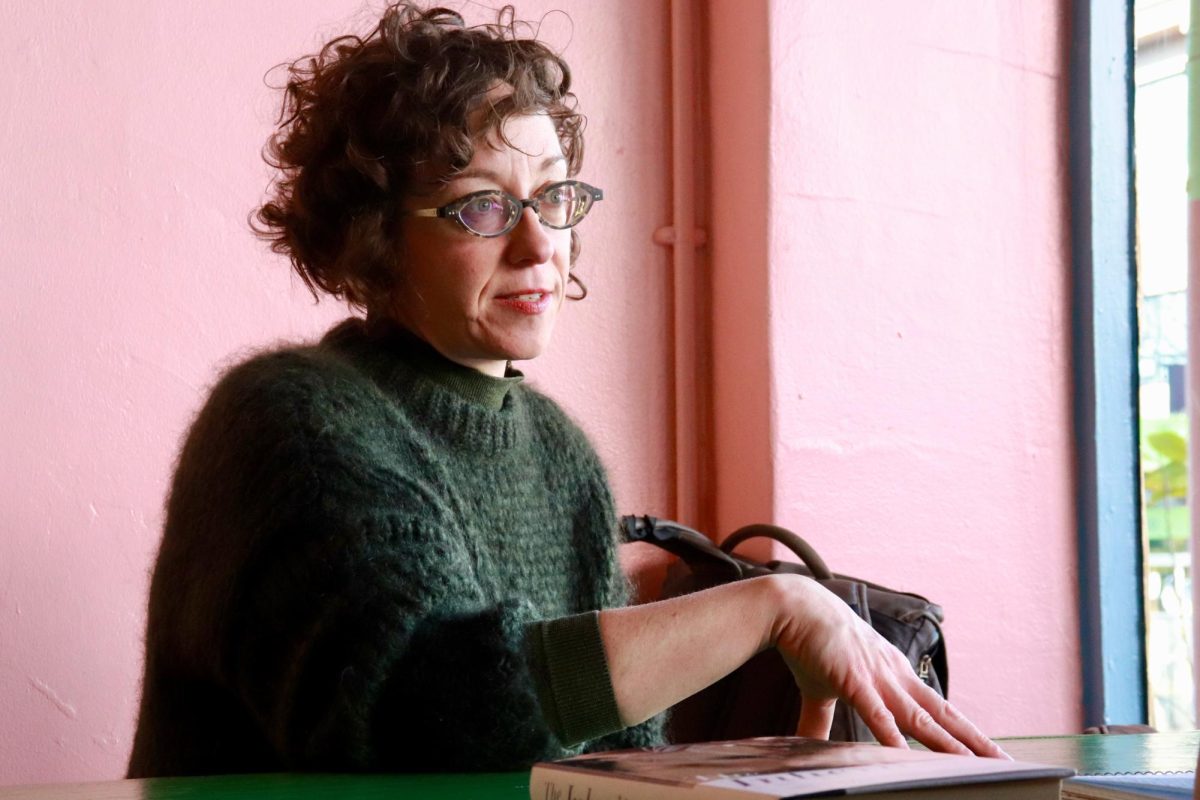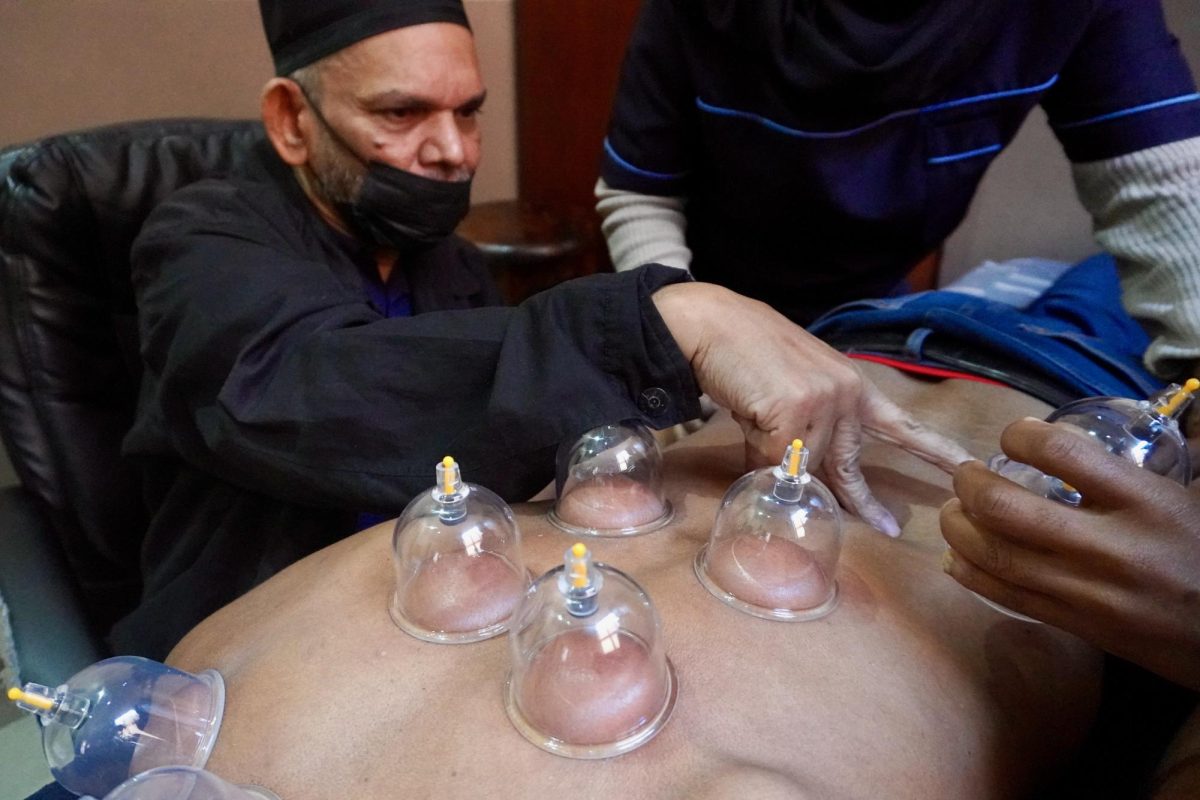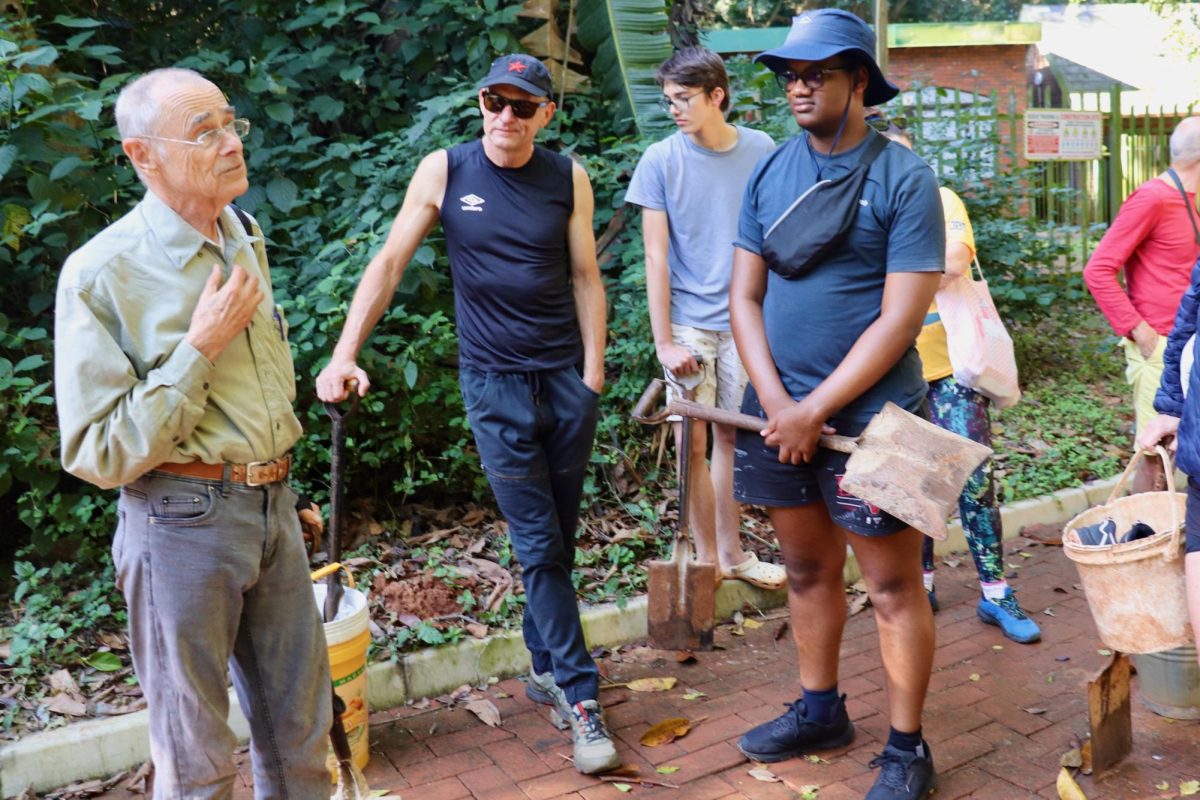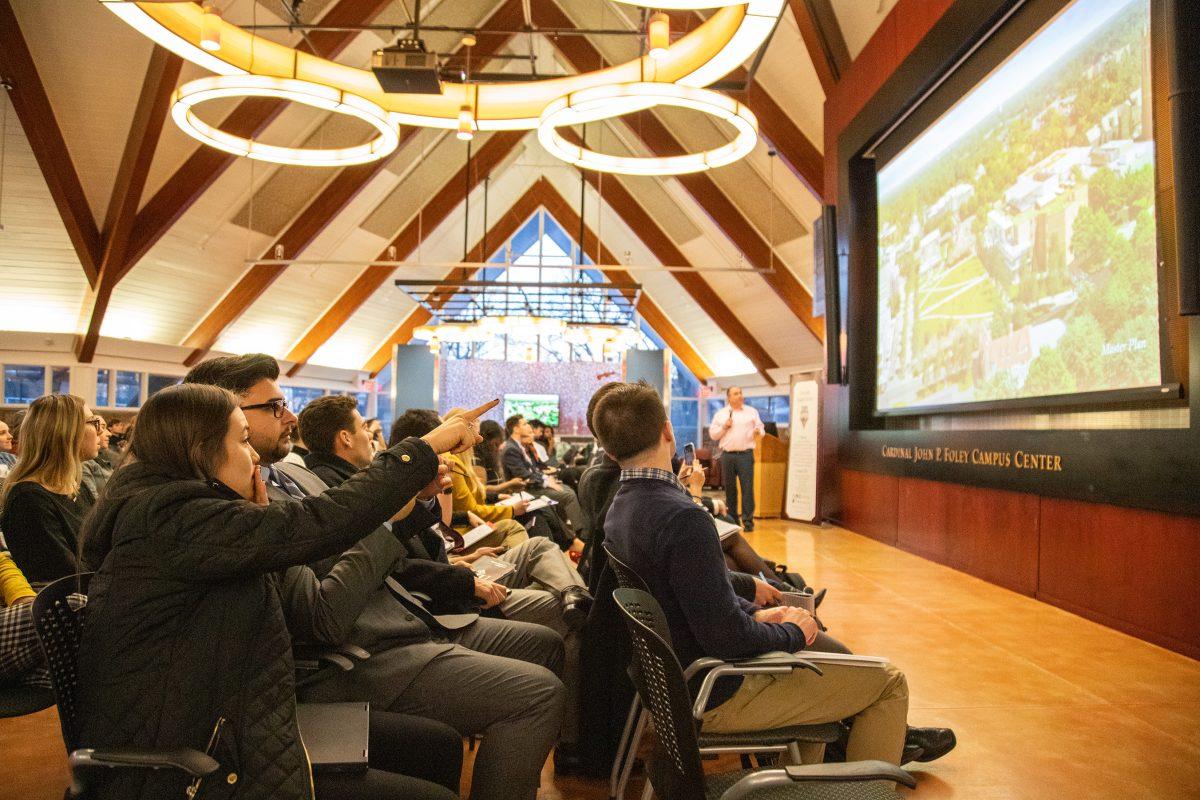Roadmap proposes ways to unify campus
The university’s newest master plan was publicly released to students, faculty and staff over the past week.
Details of the plan were provided to faculty and staff at an information session on Feb. 28 and to students on March 4.
As previously announced, Sasaki, the firm hired two years ago to construct the master plan, conducted a number of site visits in order to develop three alternatives. At the recent information sessions, university officials said they had chosen the plan entitled “Two Hearts” from the three.
The “Two Hearts” plan includes moving the student center to where LaFarge Residence Center and Sourin Residence Center are, knocking down those dorms and building new ones near the Maguire Wolfington Welcome Center.
It also includes the addition of two parking garages, an expansion of green spaces and an underpass to and from the Merion side of campus. The renovations would also feature an update to O’Pake Recreation Center as well as additional residence halls and academic buildings if the need arises.
The master plan is said to be a roadmap for the university, not a construction plan, according to Joseph Kender, vice president of University Relations.
“We now have more land on the Lower Merion side of campus than we do on the Philadelphia side,” Kender said. “Having said that, most of our activity still takes place on the Philadelphia side. The reality is that we want to activate the entire campus.”
Gabby Stevenson ’21, a student senator who attended the March 4 information session, said she was hoping to hear answers about what the future of the campus would look like.
While Stevenson acknowledged that this was a long-term plan, she was left wondering what would happen to the spaces in the Campion Student Center once it was recreated and moved.
“The biggest [missing] thing was just where the Office of Inclusion and Diversity would be located, where the commuter’s lounge was going to be relocated, if it was going to be relocated,” Stevenson said.
During the March 4 student information session, Tim McGuriman, associate vice president of Administrative Services, said that the master plan was designed to be adaptive.
“This is a systematic plan,” McGuriman said. “It’s not necessarily a plan that says this building at this place at this time.”
At the faculty presentation, Richard Haslam Ph.D., associate professor of English, said he was impressed by the plan to beautify the campus, but he was concerned about the cost.
Haslam, who asked several questions at the faculty and staff forum, pressed Kender on the “jarring context” of the master plan that will cost a large amount of money and the layoffs that took place last May.
“Given that last May there were layoffs, in that climate, the optics of rolling out this wonderful plan, it might seem discordant with the knowledge that these [buildings] are beautiful, but people were laid off,” Haslam said. “How do we connect those two things together?”
Kender said the plan is more about process than about specific cost.
“You can’t look at something like this just as cost,” Kender said. “You have to look at this process as something much broader.
This probably a 10- to 20-year plan. It’s really more of an investment.”
Kender said the plan will be funded exclusively on philanthropy, but it was unclear how much the total cost would be, given that the plan is not definite. Eighty percent of the donations will need to be in cash in order for construction to begin, he said, creating a lag between when the money is raised, when the university has the money in hand and when construction begins.
“By having a more direct policy that we are up front with our donors about, it allows [us] to focus on what we need to raise and the donors become motivated as well,” Kender said. “I would call it best practice. There may be a few projects that move up quicker if someone wants to make a commitment, then we will move forward.”
A third presentation date, again for faculty and staff, has yet to be determined but will take place sometime after spring break, Kender said.
Alysa Bainbridge ’21 and Cara Smith ’21 contributed to this article.









































